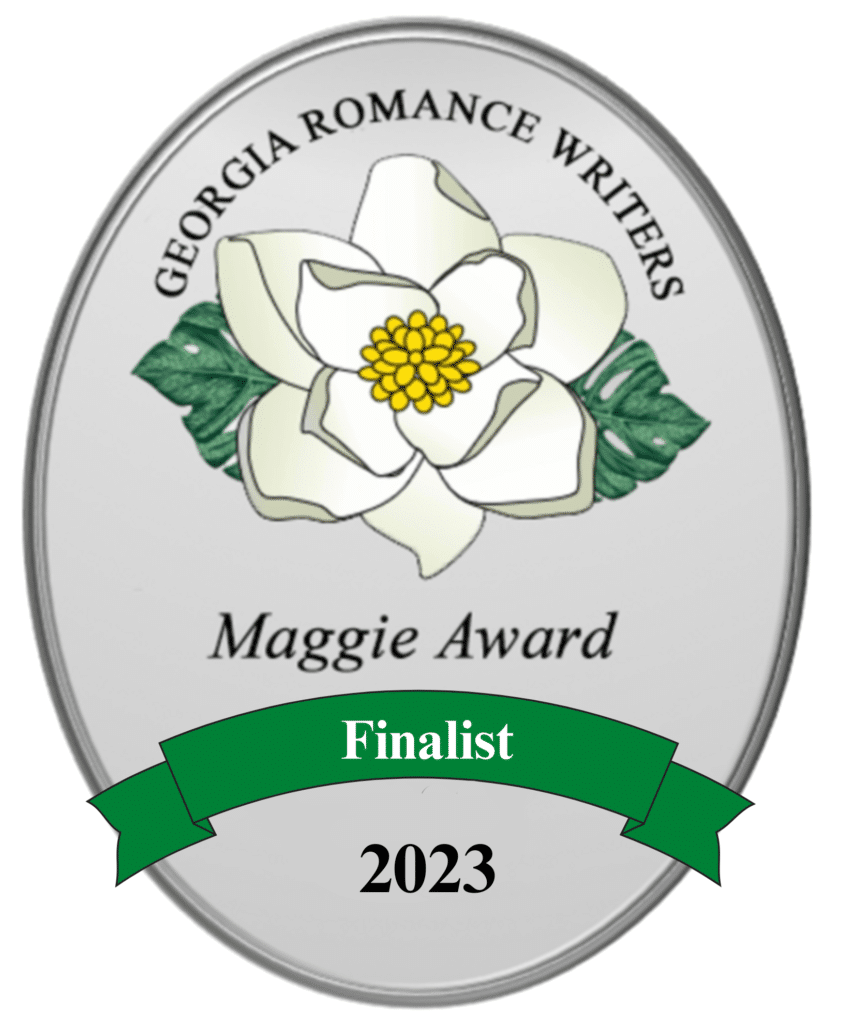 Welcome back. Today we’re talking about the crux of every romance novel: when the hero and heroine meet. Because let’s face it: readers of romance novels want to see your hero and heroine interact as much as possible. I think this is one particular area where newbies struggle. We want our audience to “get” where we’re coming from, so we add in all sorts of extraneous details to set the stage for our story, sometimes we talk about the weather, throw in a prologue encapsulating some mysterious dark moment in the fictional past … backstory can be your downfall, friends.
Welcome back. Today we’re talking about the crux of every romance novel: when the hero and heroine meet. Because let’s face it: readers of romance novels want to see your hero and heroine interact as much as possible. I think this is one particular area where newbies struggle. We want our audience to “get” where we’re coming from, so we add in all sorts of extraneous details to set the stage for our story, sometimes we talk about the weather, throw in a prologue encapsulating some mysterious dark moment in the fictional past … backstory can be your downfall, friends.
Let me save you a lot of time and potential heartache: plant that first interaction between your swoon-worthy hero and that damsel in distress as early in the novel as possible. I’m highlighting Harlequin’s writing guidelines because that’s my target publisher right now, and their editorial team prefers the hero and heroine to interact in the opening pages and absolutely by the end of the first chapter.
I’ve devoured quite a few books on the craft of writing, but there’s no substitute for sitting down and actually cranking out some words. Because, quite frankly, until you write something and are brave enough to share it, you don’t know what you don’t know. I wish I had known about the expectations around hero and heroine interactions before I even started my first manuscript. While you don’t want to get bogged down in guidelines so much that you feel paralyzed to write anything, there are expectations that you need to consider if you want to pursue traditional publication.
One resource that has helped me tremendously in this area is Susan May Warren’s book Kiss and Tell: How To Write A Romance. Susan is an award-winning, best-selling author of more than 40 books and devotes a lot of time and energy to helping writers develop their talents and abilities, as well as pursue publication. You can purchase Kiss and Tell from a couple of different vendors. I wanted to download mine pronto, so I bought mine here. We talk often about having a ‘light bulb’ moment or the ‘Aha’ that carries you in a new and more productive direction. Mine was reading this book and using the worksheets provided to brainstorm the conflict that would initially drive the hero and heroine apart, but ultimately bring them back together, of course. I don’t know about you, but I read romance novels for the HEA … Happily Ever After. I think most of your audience would agree. We want to see the hero and heroine ride off into the proverbial sunset by the end. Susan takes the plots of a few well-known romantic comedy movies, dissects them and illustrates how they portray the boy-meets-girl interactions in a manner that makes us want to stay tuned in to the end. She expands on this premise and helps you develop the bones of a great romance novel. I promise, this is one craft book you can’t write without.
How about you? Any tips for plotting the interactions between the hero and heroine in your romance novel?







